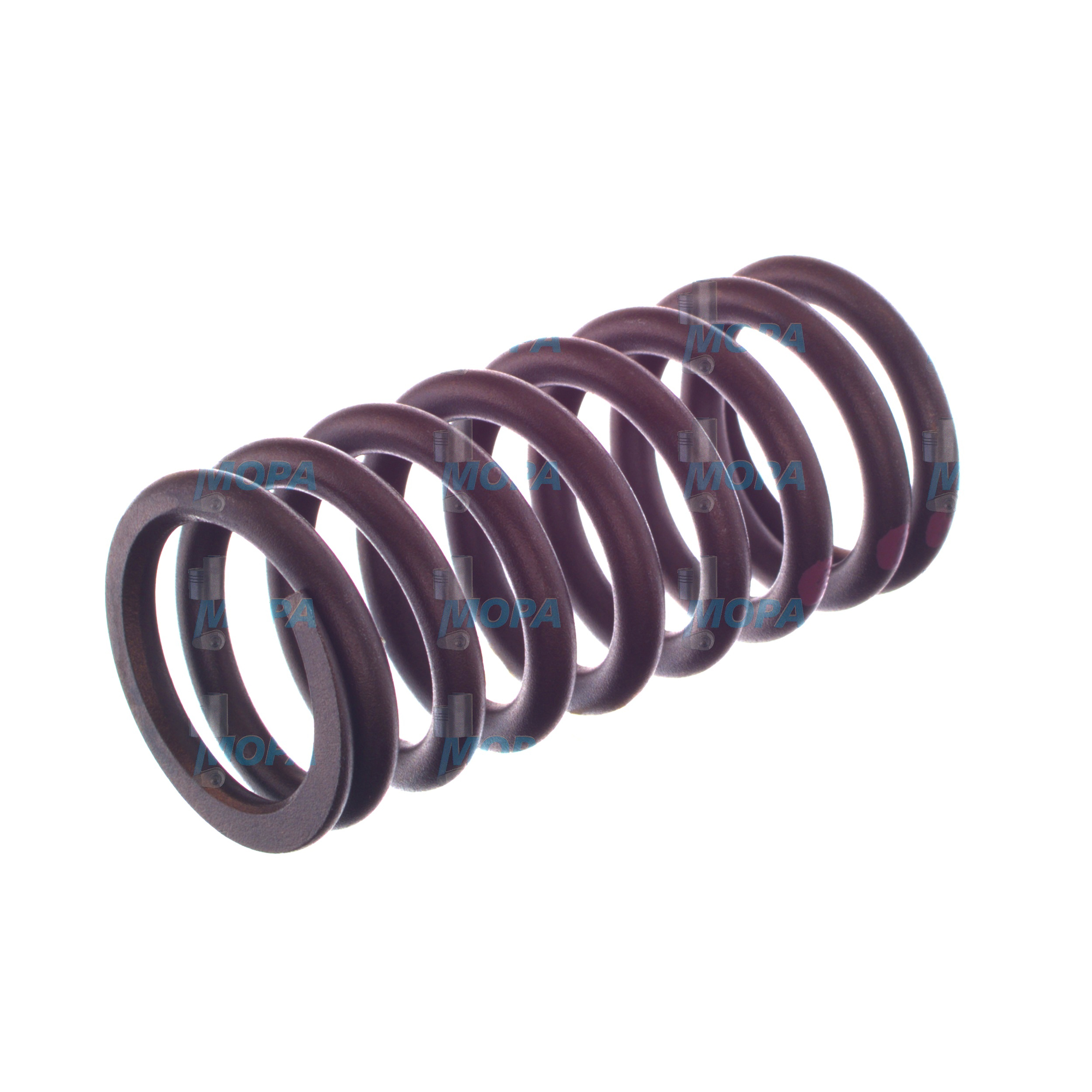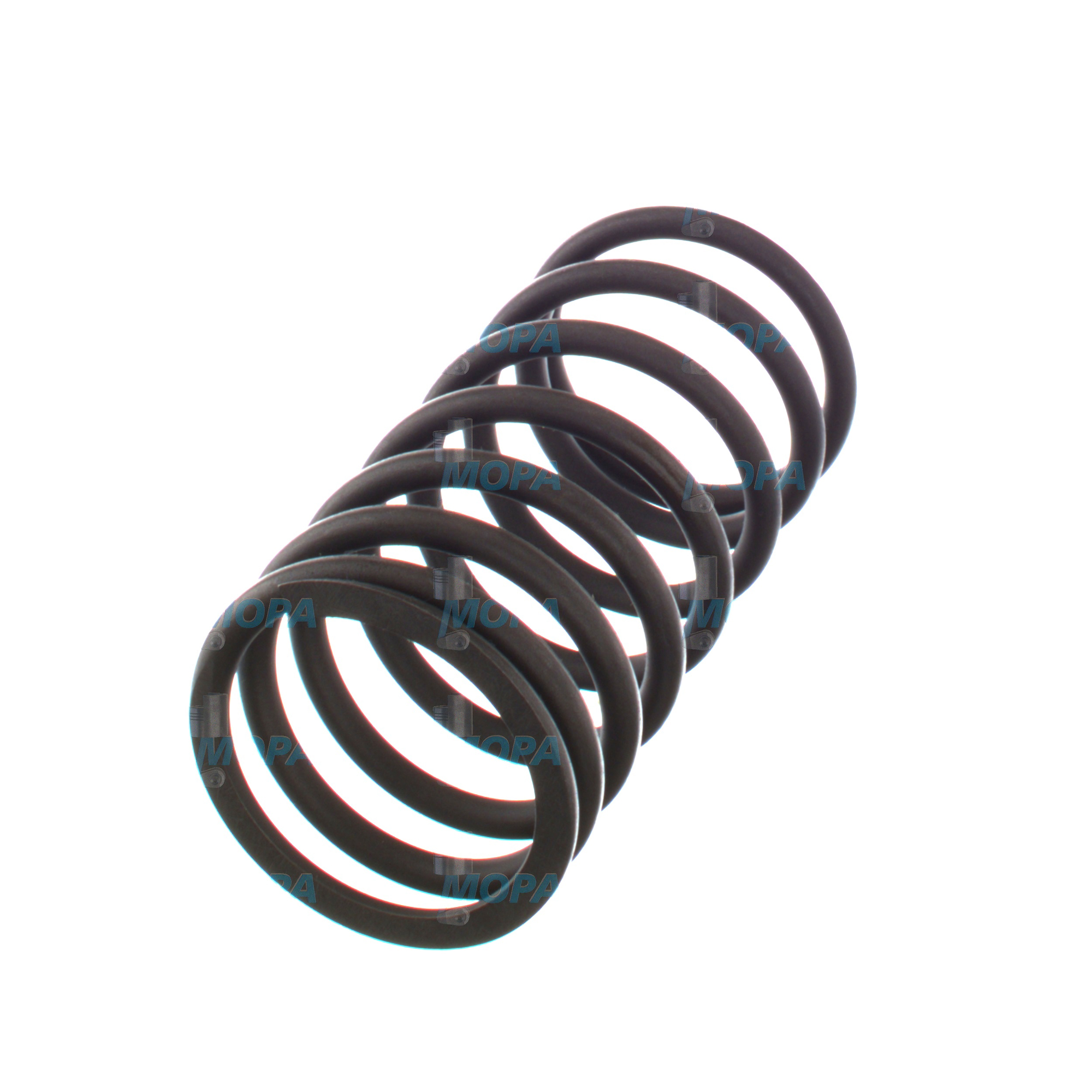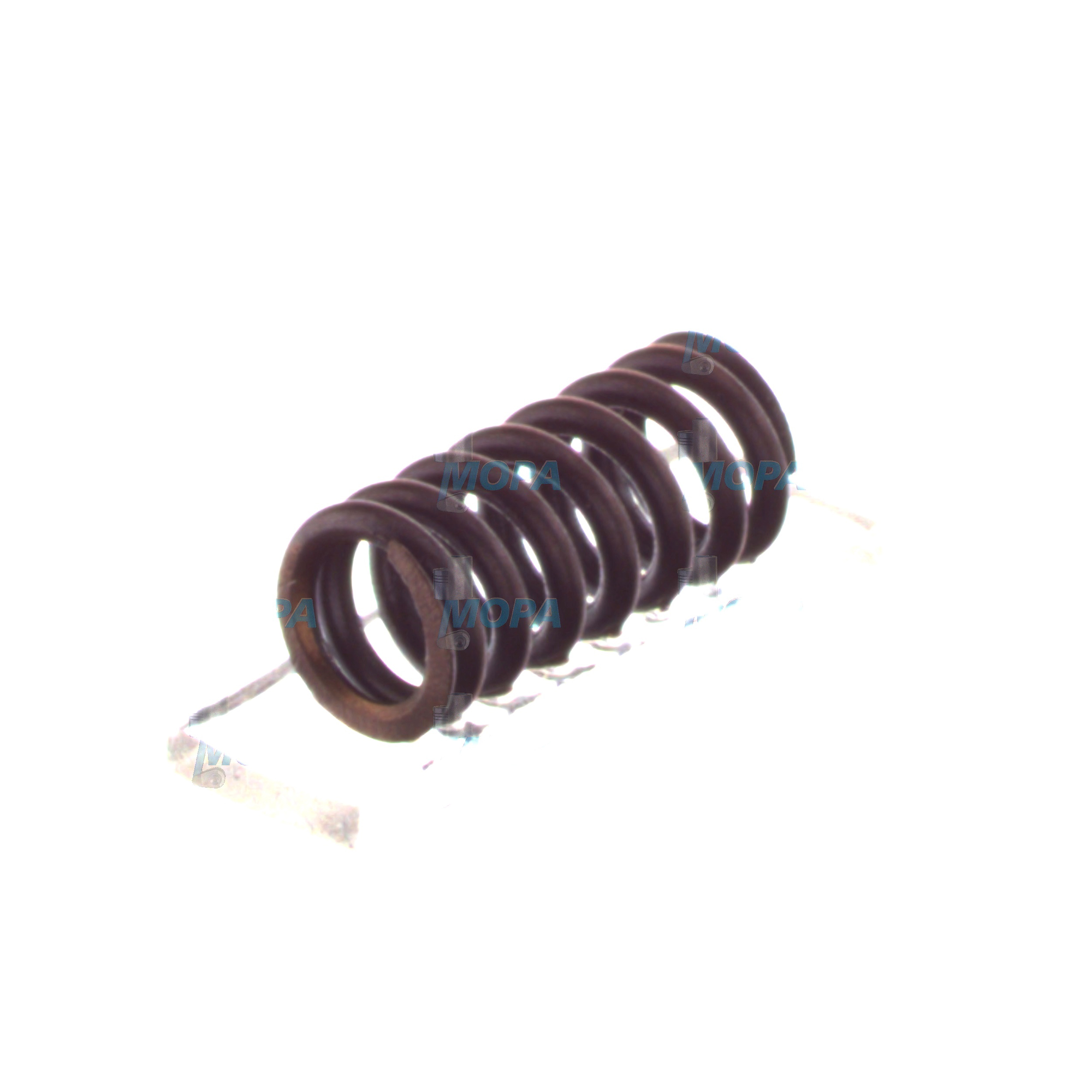VALVE SPRING and Engine Springs for Marine, Diesel, and Gas Applications
Springs are high-stress mechanical components that store and release energy to keep critical engine mechanisms under precise control. Within the broader category of engine springs—valve springs, injector springs, governor springs, and actuator springs—each plays a distinct role in timing, sealing, pressure regulation, and safety. In heavy-duty marine engines, power-generation diesel engines, and industrial gas engines, a correctly specified spring is fundamental to reliable operation under continuous load and harsh conditions.
For purchasers and technical decision-makers, the VALVE SPRING is often the most visible representative of this category. It closes the valve with the correct force, prevents valve float at high RPM, and maintains stable valve timing across temperature and load changes. Alongside, injector and governor springs control fuel delivery and speed stability, directly influencing emissions, fuel economy, and engine responsiveness.
Technical function of Springs and the role of the VALVE SPRING in a diesel engine
A VALVE SPRING in a diesel engine counters the camshaft’s opening force to return the valve to its seat with a precise closing load. The spring rate (N/mm), installed height, seat pressure (closed load), and open pressure define how effectively the system avoids valve float and bounce. In marine engine duty, where long periods of constant RPM are common, the spring must resist relaxation and fatigue while damping harmonics that can arise from cam profiles and valvetrain geometry. Dual or nested springs are frequently used to reduce resonance and add redundancy.
Material selection—typically silicon-chromium or chrome-vanadium spring steels—combined with processes like shot peening, controlled heat treatment, nitriding, and surface polishing, raises fatigue strength and corrosion resistance. Geometry (cylindrical, beehive, progressive-wound) is engineered to manage stress distribution and prevent coil bind at maximum lift. Properly engineered VALVE SPRING OEM parts maintain consistent forces across operating temperature ranges, ensuring stable compression, efficient combustion, and reduced mechanical noise.
Beyond the valvetrain, other springs inside a diesel or gas engine are equally critical. Injector springs govern needle lift and closing speed, determining injection timing and atomization quality. Governor springs balance centrifugal forces to stabilize engine speed under fluctuating load. Actuator and tensioner springs ensure belt/chain control and safe shutdown behavior. Together, these springs synchronize combustion events, protect rotating assemblies, and uphold safety margins.
- · High fatigue strength under cyclic loading
- · Precise seat and open loads at specified installed height
- · Heat- and corrosion-resistant alloys and coatings
- · Harmonic control to prevent valve float and bounce
- · Dimensional accuracy to factory specifications
- · Traceability and consistent batch quality
- · Compatibility with marine engine and stationary power profiles
Importance for engine operation and service life
Engine springs directly influence reliability, efficiency, and component longevity. When a VALVE SPRING weakens or fractures, the immediate risks include valve float at high load, valve-to-piston contact, pushrod or rocker arm damage, and camshaft wear. Even subtle loss of seat pressure can degrade sealing, causing hard starting, misfires, power loss, elevated exhaust temperatures, and turbocharger stress.
Worn injector springs shift opening pressures, disrupting fuel delivery and increasing smoke and fuel consumption. Fatigued governor springs compromise speed control, causing hunting or overspeed scenarios. In marine engine contexts—where predictable load steps and safety systems are essential—spring performance is integral to operational compliance and downtime avoidance.
Typical failure modes and how to identify them
Common issues include fatigue cracking (often starting at surface defects), relaxation (loss of free length/load), coil bind damage, and corrosion pitting. Practical checks during top-end overhaul include free-length measurement, load testing at installed height, visual inspection under magnification, dye penetrant testing for cracks, and verifying retainer-to-seal clearance at full lift. Proactive replacement at recommended service intervals preserves valve timing integrity and protects major components.
Advantages of OEM spare parts suitable for Springs and VALVE SPRING assemblies
Choosing OEM spare parts suitable for valve springs and related engine springs ensures the correct metallurgy, heat treatment, and dimensional control required by engine-maker specifications. This precision translates into predictable spring rates, stable loads across temperature, and matched sets that minimize variation between cylinders—key for balanced combustion in multi-cylinder diesel and gas engines.
With VALVE SPRING solutions tailored for a marine engine or high-BMEP diesel engine, OEM specification control reduces harmonics, improves seat sealing, and extends overhaul intervals. The result is higher uptime and better lifecycle economics.
- · Consistent performance that aligns with design loads
- · Longer service life through correct materials and treatments
- · Reduced risk of collateral damage and unplanned downtime
- · Efficient budget planning via predictable maintenance intervals
- · Reliable fit and function with existing retainers, seats, and guides
- · Compliance with safety and performance requirements
MOPA: your partner for OEM parts suitable for Springs and VALVE SPRING components
MOPA supplies OEM spare parts suitable for Springs and VALVE SPRING applications across diesel and gas engines used in marine, power generation, and industrial settings. Clients value our speed in quotation and delivery, our quality-driven sourcing, and the security we provide in documentation and traceability. From single-cylinder service kits to fleet-level provisioning, we streamline procurement and help standardize your spares across platforms.
Our team understands valvetrain dynamics, injector calibration needs, and the specific load profiles of marine engine duty. We match parts to engine-maker specifications, support cross-references, and provide technical clarity to reduce errors and lead times. With MOPA, purchasers and technical managers gain a dependable route to the right springs at the right time—backed by meticulous logistics and strong supplier networks.
Conclusion: why Springs and the VALVE SPRING matter
Springs—especially the VALVE SPRING—are foundational to engine timing, combustion stability, and mechanical safety. Specifying and maintaining the right components protects major assets and preserves fuel efficiency.
OEM spare parts suitable for Springs deliver the load accuracy, durability, and consistency that heavy-duty engines demand. Partner with MOPA to combine speed, quality, and secure sourcing for diesel and gas engine applications.





